Examples of Greek capital ου ligature wanted

Andreas Stötzner
Posts: 828
in Type History
It occurs in lettering, shop signs and on packaging. I wonder if someone has more examples of the Greek capital ου glyph at hand. Printed specimen would be especially interesting.
The Παπαδοπουλου brand is perhaps the best known today …
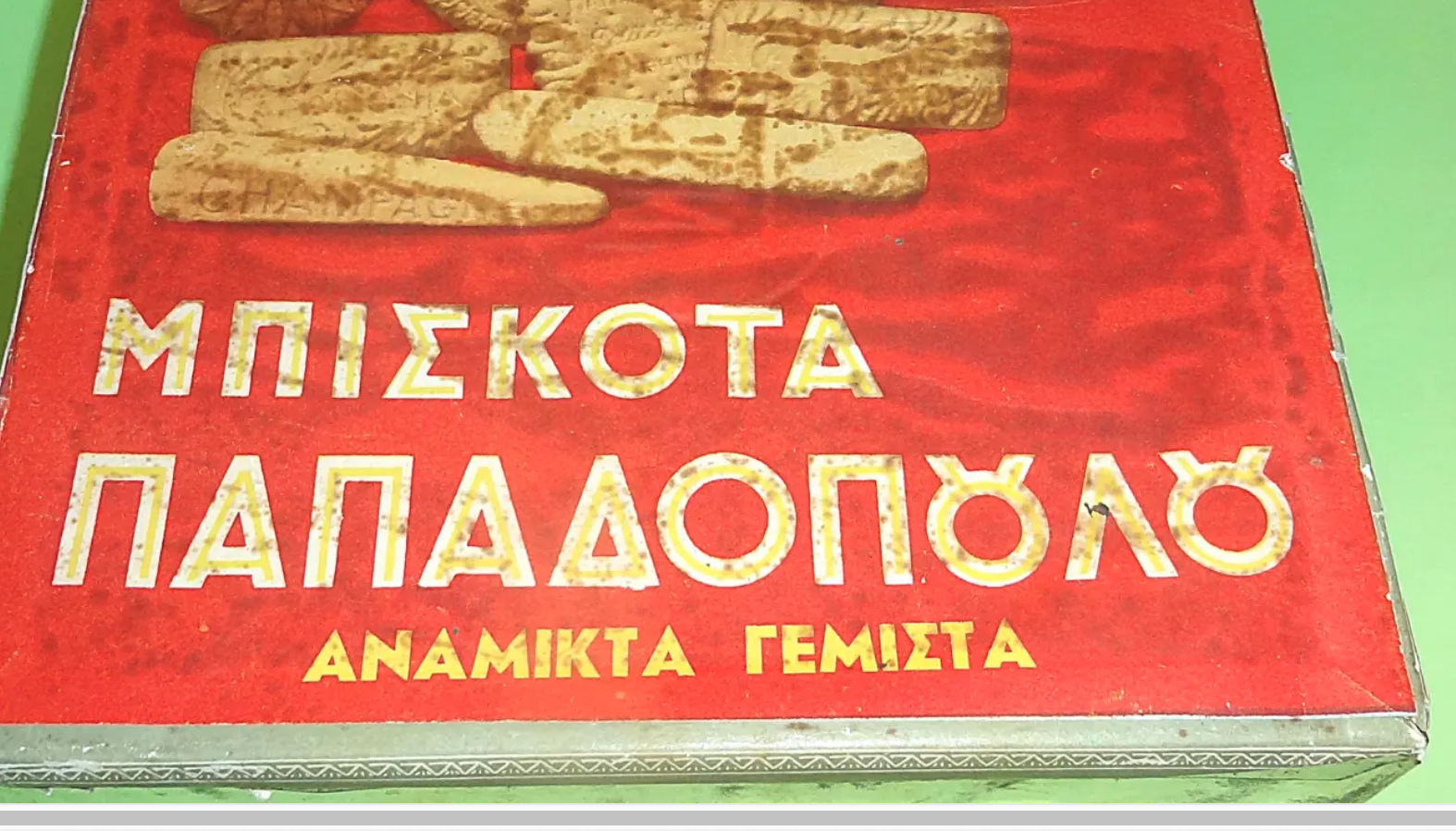
4
Comments
-
street plate in Galaxidi
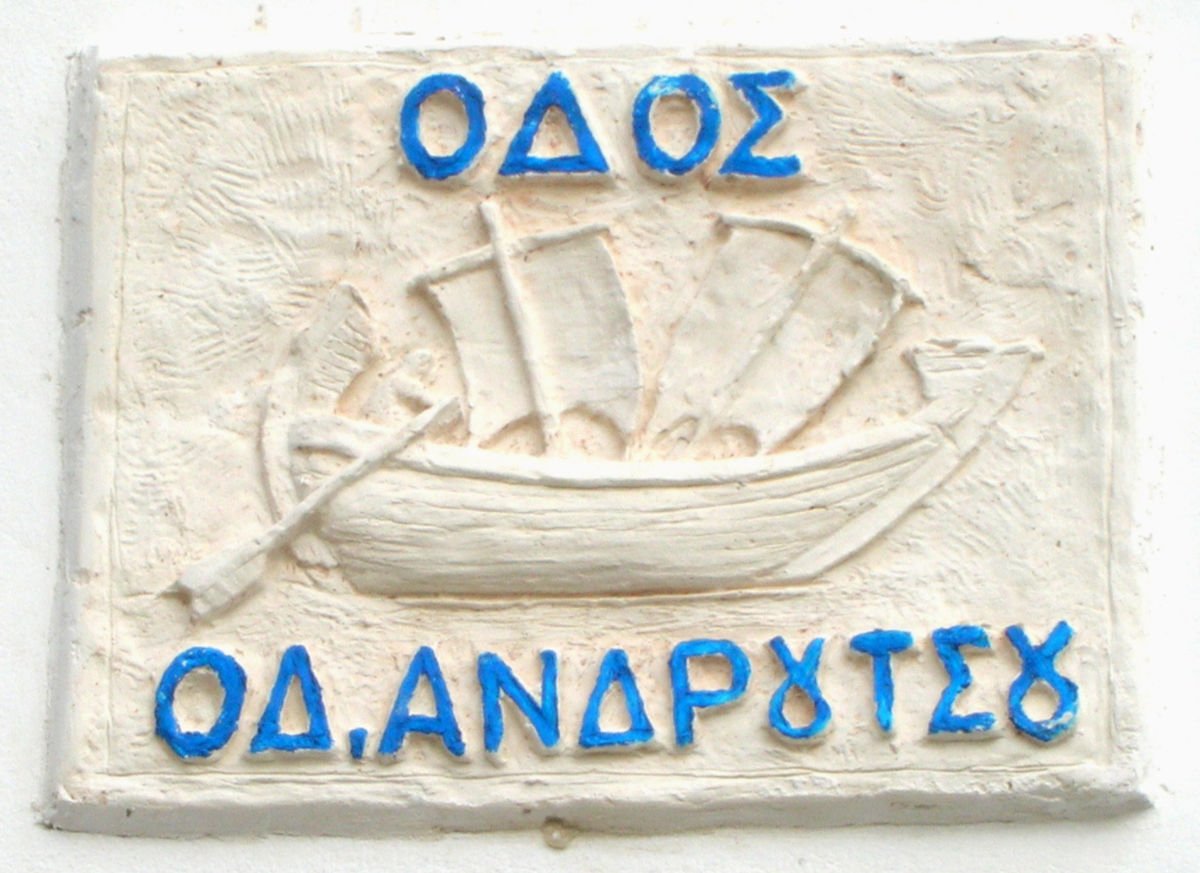 3
3 -
-
In terms of text representation and font implementations, I would assume the text representation should be as the sequence "ου" and that letterforms be formed as ligature substitution in the font. Is there any reason to consider otherwise?1
-
As for merely a typographic representation in a language text, it seems suitable to rely on the ligature solution you suggest. But, what if the character (glyph?) appears in another context, e.g. in a math manuscript where it is obviously used as an alphanumeric symbol in formulæ?In this manuscript from Leibniz it is conspicious that the author deliberately attaches capital-style serifs to the ου shape which would otherwise would have passed as a minuscule (which was rather common in Greek writing then). The source is not published yet and the correct interpretation of that sign has not achieved a final approval by editors, but it seems likely that the reading “capital ου” proves true. So, for a future facsimile edition of that text, the question arises: how to encode these passages properly?
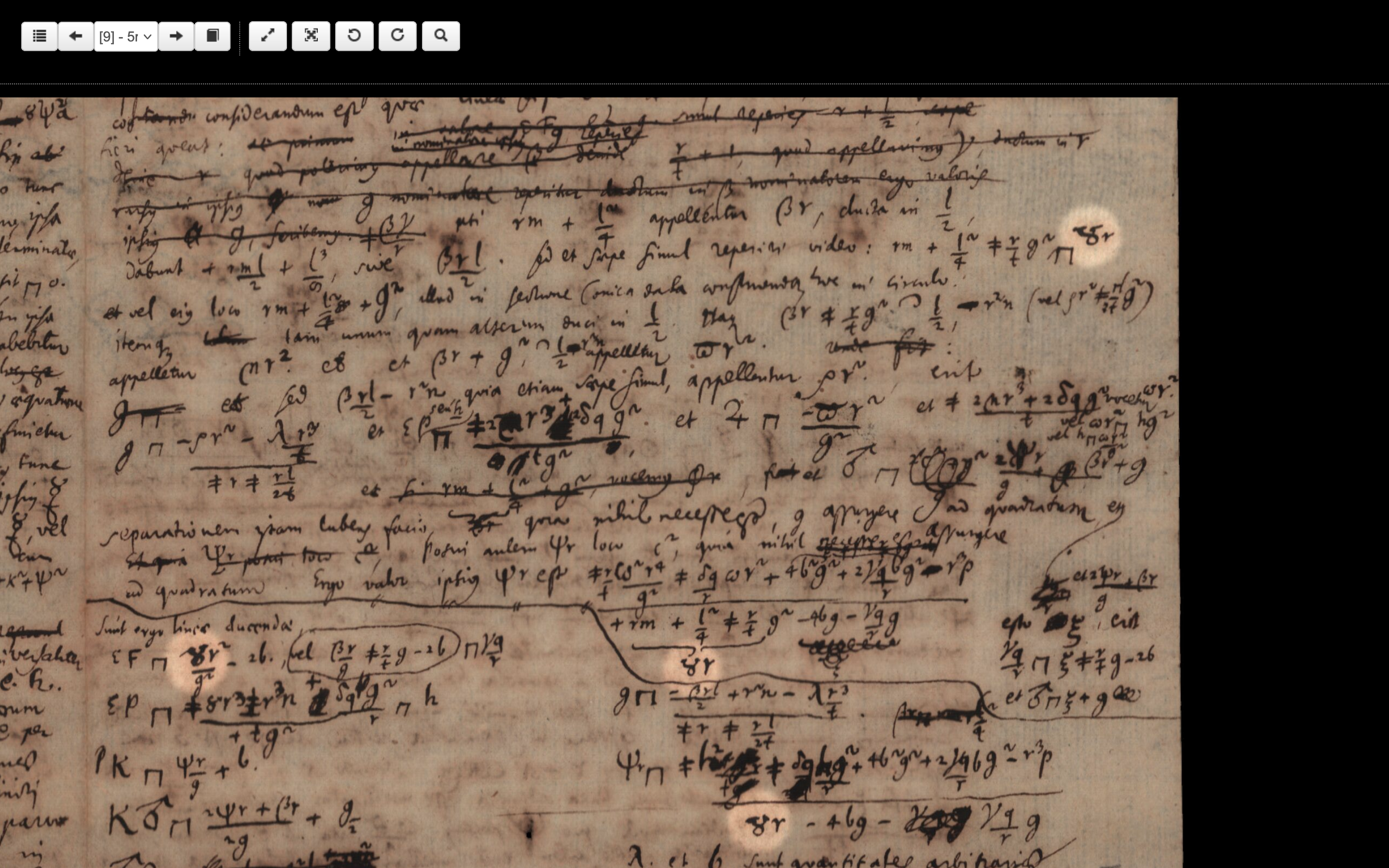
1 -
In a math context, can one definitively say that this is ‘Greek’, in the sense of something like a Unicode character-level script property?
Might this be encoded using the existing Latin character
Ȣ U+0222 LATIN CAPITAL LETTER OU1 -
John Hudson said:In a math context, can one definitively say that this is ‘Greek’, in the sense of something like a Unicode character-level script property?For that author, if it is a letter, it could only be either Latin, Greek or Hebrew. But, since the “LATIN CAPITAL LETTER OU” is a rather modern invention (the idea of it being borrowed from either the familiar Greek or Cyrillic letters), U+0222 would certainly be an inappropriate choice for a source from around the year 1700.
1 -
Not sure if you want native Greek examples only, but here is the ligature in my Quinoa:
 0
0 -
Andreas Stötzner said:But, since the “LATIN CAPITAL LETTER OU” is a rather modern invention (the idea of it being borrowed from either the familiar Greek or Cyrillic letters), U+0222 would certainly be an inappropriate choice for a source from around the year 1700.Oh, this I can agree with. After all, it's a ligature between omicron and upsilon. Greek capital omicron looks just like O. Greek capital upsilon, on the other hand, doesn't look anything like U. I have seen it rendered as Y in some typefaces, and so if there were a LATIN CAPITAL LETTER OY, it could potentially be a possible inspiration, but U+0222 would seem to me to be utterly irrelevant.It would be like using a ligature between two phis as a model for the ff ligature in the Latin script.0
-
For that author, if it is a letter, it could only be either Latin, Greek or Hebrew. But, since the “LATIN CAPITAL LETTER OU” is a rather modern invention (the idea of it being borrowed from either the familiar Greek or Cyrillic letters), U+0222 would certainly be an inappropriate choice for a source from around the year 1700.The date of the source seems irrelevant to the encoding question. Unicode does not encode intent or understanding, it encodes text elements. We have an existing character Ȣ that broadly corresponds to the form of the text element in Leibniz’s manuscript, and because it is used in that context as a mathematical symbol, the nominal script property of the character is not significant, since math freely mixes symbols derived from different scripts.0
-
Ah, so that's what I missed in my post. I was thinking in terms of what codepoint to use in a font that provided the character in order to write Greek. It may still be possible to object to your view, on the basis that it's still useful to tell which script a glyph came from in a mathematical formula - lowercase alpha isn't the same as A - but the objection would not be the same one as I made.John Hudson said:and because it is used in that context as a mathematical symbol, the nominal script property of the character is not significant, since math freely mixes symbols derived from different scripts.
0 -
A side note: Greek ligature ΟΥ was proposed to Unicode in 1998 by Michael Everson and rejected because it has no single character meaning. It was used since Byzantine times, but always as a representation of ΟΥ.
1998 Proposal
https://www.unicode.org/L2/L1998/98210-n1743.pdf
Some other samples: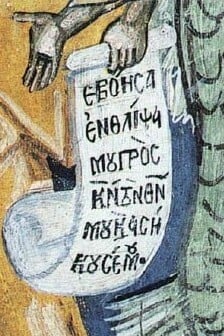

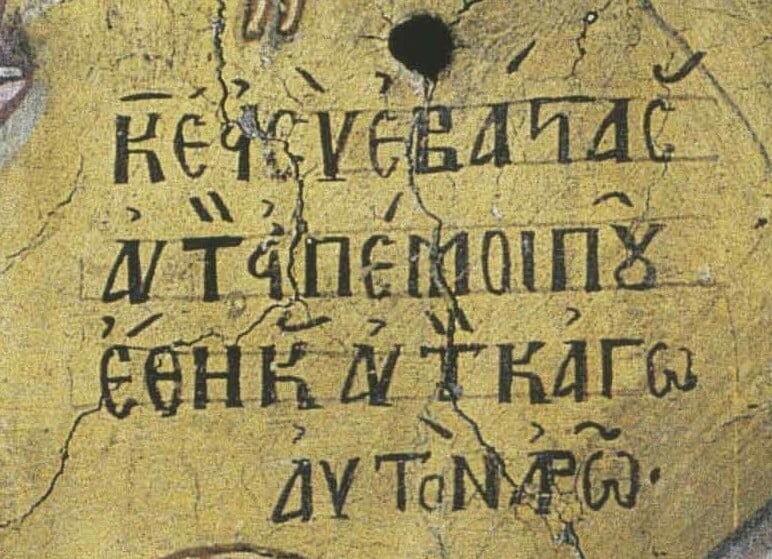
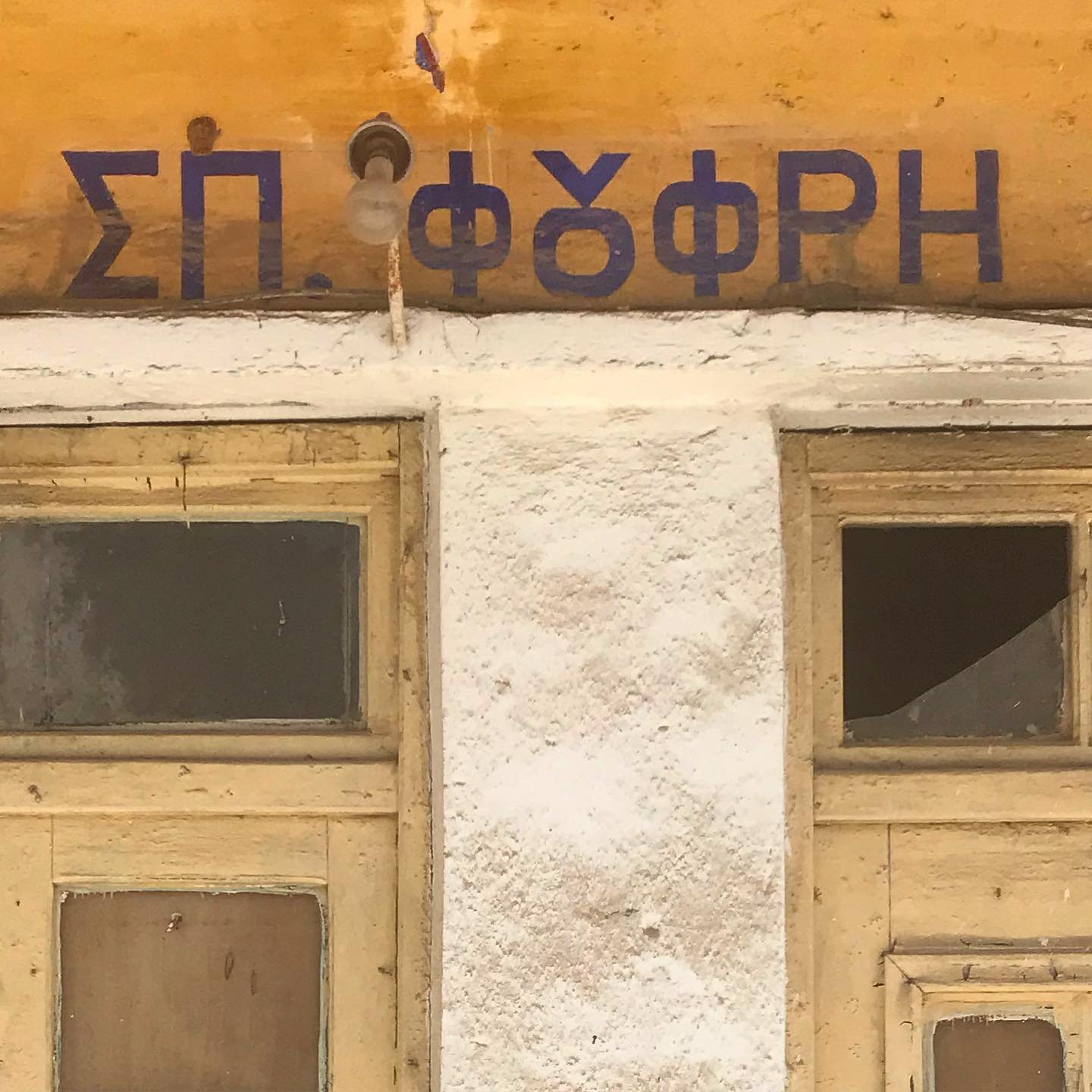
5 -
2
Categories
- All Categories
- 46 Introductions
- 3.9K Typeface Design
- 487 Type Design Critiques
- 564 Type Design Software
- 1.1K Type Design Technique & Theory
- 656 Type Business
- 861 Font Technology
- 29 Punchcutting
- 520 Typography
- 119 Type Education
- 324 Type History
- 77 Type Resources
- 112 Lettering and Calligraphy
- 33 Lettering Critiques
- 79 Lettering Technique & Theory
- 558 Announcements
- 94 Events
- 114 Job Postings
- 170 Type Releases
- 179 Miscellaneous News
- 276 About TypeDrawers
- 54 TypeDrawers Announcements
- 120 Suggestions and Bug Reports




